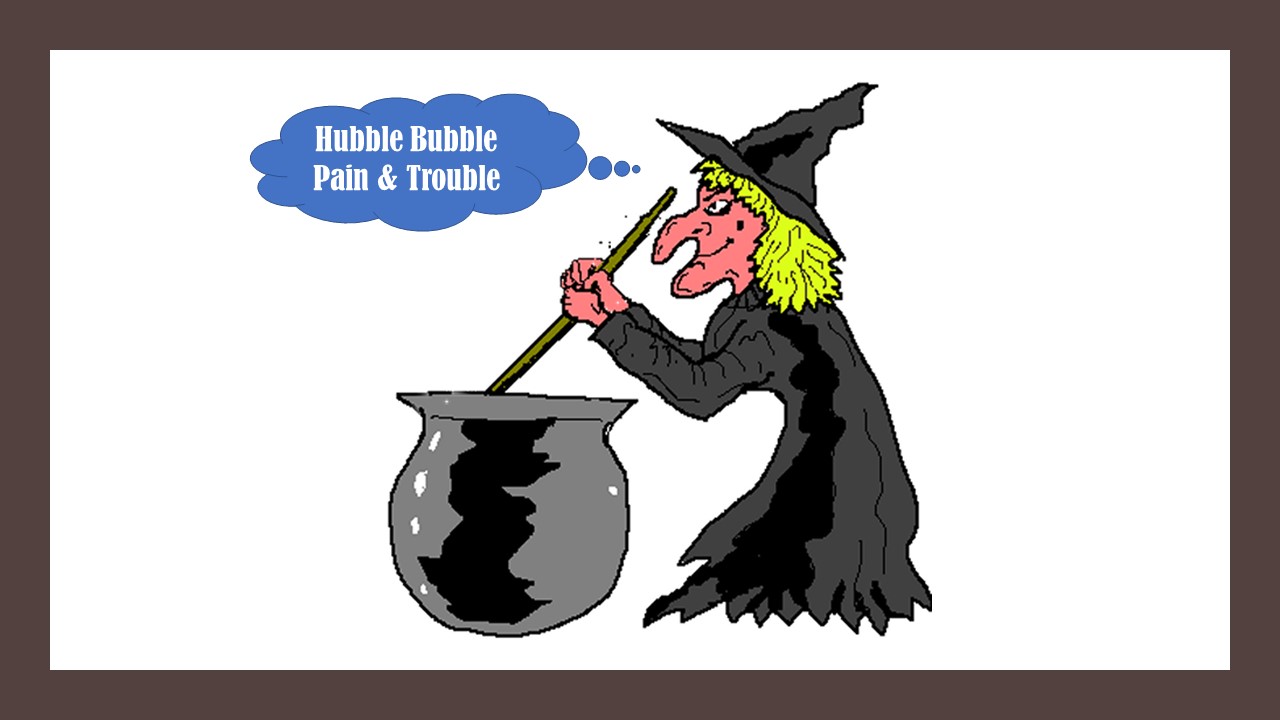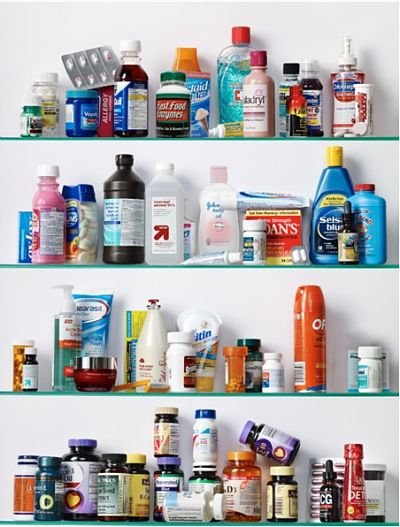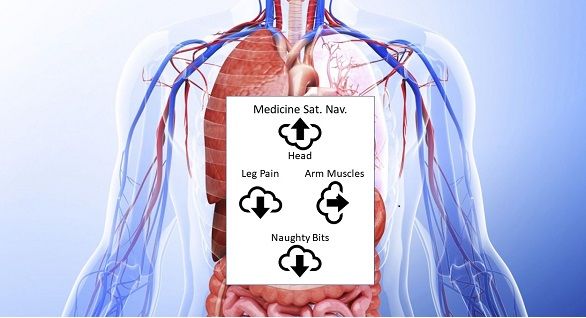The Witches Brew

Of course, we’ve heard it before. ‘You’ve never had it so good’ was the rallying call of the US Democratic Party in 1952 and British Prime Minister Harold MacMillan in 1957.
I think it was good then. I can’t remember it being otherwise We had just about recovered from the war years and rationing, so against that background life was bound to appear on the up.
Dramatic improvements and inventions like the internet have occurred in the 50 + years since, to alter and change the way we live and do things.
Advances in - Food quality-housing-healthcare-entertainment-wages-discretionary income (what’s left after essential bills have been paid) opened up opportunities to enjoy holidays abroad, dining out, and generally provide access to lifestyles previously only possible for the privileged few.
And the improvement to such life style opportunities, provides an added stimulus to live longer. A new reason to be positive, forward looking, and supplement the instinctive interest in family.
The transformation between Good Times then, and now, is particularly relevant and noticeable with retirees.
On average a man retiring today at age 65 can expect 19 years drawing a state pension, and a woman 21. In 1937 it was 3 years for a man, and 8 for a woman. ( USA Social Security Calculator)
The ability of many, particularly those with state pensions boosted by independent private pensions, and in good health, to live very enjoyable full active lives with a wide range of leisure activities to choose from, is evident daily.
Travel-dining out-socialising-sport-theatre. The choice and accessibility is astonishing and unthinkable not many years ago, especially when I contrast it to the comparative hardship and bleak greyness of my parent’s retirement years.
And yet, and yet – there is a puzzle!
Something is at odds with the government’s Living Better, Longer?.
We are, yes, it’s visible, but why then are we prescribing so much medication to a healthier population, and so many hospitals stretching to cope with demand.?
I was discussing the subject with a friend and he also cannot understand the seeming contradiction. He said on a recent hospital visit he saw a nurse pushing a trolley from bed to bed. She was wearing a high visibility bib on which was printed. ‘Medication Dispensing. Do not Distract’.

He was shocked to see the quantity and variety of pills, potions, and powders stocked on the trolley. It made him think of a saying in the chemist shop where he worked –
A couple of years ago I was going on a walking holiday with a party of similar aged wrinklies. I was phoned by the organiser thanking me for my details. “But you forgot to fill in the medication section” she said. “I don’t take any” I replied. Astonished she said “that is remarkable, you are the oldest in the party and the only one not on any medication”
Her tone implied - (Ye Gods - Not on any medication – a freak! Where would the pharmaceutical companies be if everyone was like you!)
Seriously though, the pharmaceutical industry and medical research specialists must keep striving to beat the cancer, heart disease and other serious health issues still with us, and to carry on producing the medicines which conquered or control diseases here, for use in less advantaged populations.
But I wonder if the pills avalanche stems from the economics quotation – ‘Work expands to fill the time available’?
In the case of the medicine manufacturers ‘What new health concern can we make pills for today?
A recent BBC programme revealed how natural remedies like herbal teas can be the answer to many day to day health niggles and concerns.
The main thrust of the programme was to reveal the extent of the money being spent on over the counter medicines.
The shelves of chemists and supermarkets are laden with a bamboozling array of brightly packaged remedies, claiming to treat everything from A-thlete’s Foot to Z-its ( Acne)
A similar dazzling array is repeated in the bathroom cabinets of many homes.
So convinced are people in their belief, that we now spend £2.5 billion annually in the U.K. on over-the-counter medicines and multi vitamins.
Dr Chris van Tulleken was the BBC presenter and investigator into common complaints and the top selling products designed to treat them.
His research involved finding what happens when they are taken, and he also undertook to be a human guinea pig to test them.
His conclusions are surprising and could save you a fortune.
One alarming example he gave was of 3 separate oral pain killer products, each containing the same active ingredient and potency, and all with the same product licence, meaning they were identical inside the packaging, but claiming to treat three different parts of the body - Muscle. Headache, or Period Pain.
He said once the medication entered the blood stream it was impossible for it to home in on specific areas. It goes where the blood goes.
It does not have a built in sat nav or can ask the way.

Dr Tulleken swallowed a tiny pill sized camera followed by a pain killer tablet which could be seen dissolving in the stomach. Not for the squeamish, but fascinating.
From this test the doctor was able to confirm that the pain killer ingredient was spread evenly through his body. In his words - "There is as much in my big toe as there is in my head"
He said this could potentially lead to dangerous over dosing, because if someone was unfortunate enough to suffer pain in the 3 areas at the same time and took a dose for each - then!!!!
Also, 3 products in the cabinet where 1 would do.
There are plenty of serious health issues all over the world to tackle without wasting creative time and resources pandering to the latest niggle of The Worried Well’
Looking after your own health is not encouraged because a mindset has developed that there will be apill or potion to fix any ailment. There were fewer pills when I was growing up, so more incentive to look after your own health.
Rather there were disincentives present in the limited treatments available. The cure was often worse than the ailment.
An example is the dentists treadle drill (1890-1940. I still vaguely remember hoping the dentist would not find a need to use the thing when visiting our school. And the noise it made was nerve jangling. Was there a greater incentive to look after your teeth than having to face that?
I did neglect them more recently but the only consequence of having it put right was one of time. The procedure was painless. Hence my point. The fear was gone.
Another example, probably unlikely, but too good a story to check. The trainer of a local football (soccer) team had a technique of biting injured limbs of players. His version of acupuncture.
In a match, an injured player had only to catch a glimpse of the trainer adjusting his false teeth as he ran across the pitch towards him, and with one bound there was a recovery miracle.
Would there be similar quick recoveries if the medicine trolley in our hospitals was stocked with the country cures of yesteryear. – Honey, Mud, and Maggotts.?
.jpg)